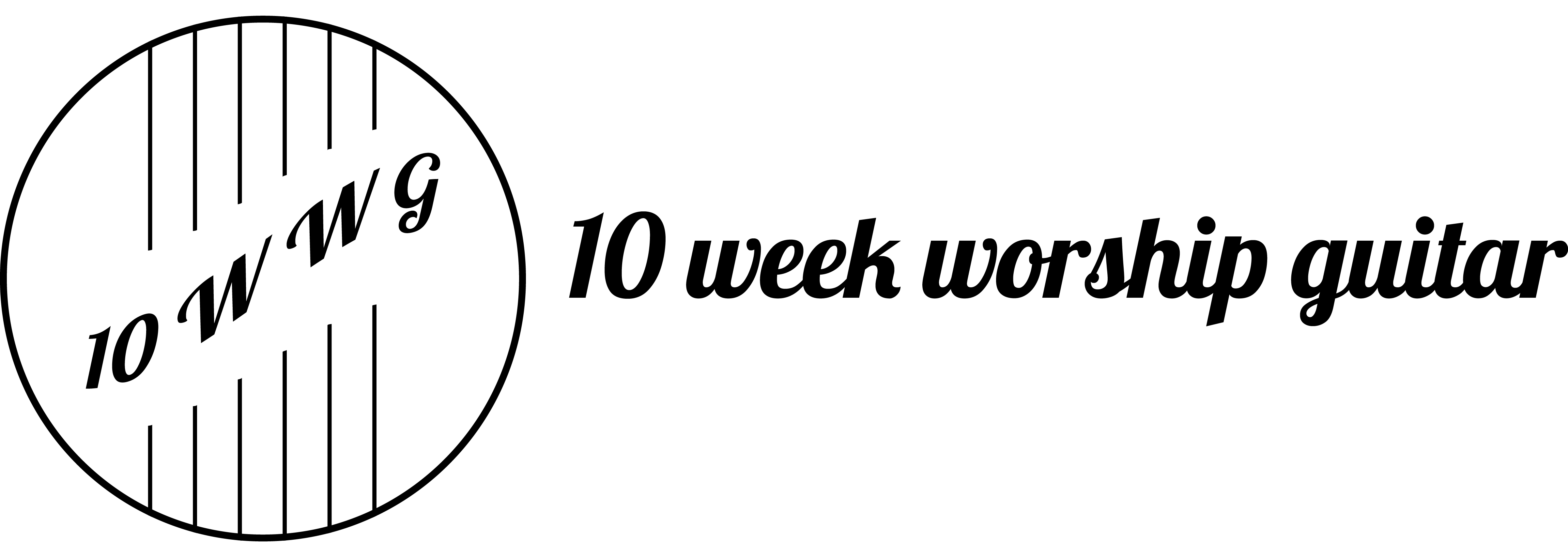Learning the guitar has nothing to do with age, past experience, or gender.
Learning the guitar is a form of training – like learning to swim. It requires learning some new physical activities that are coordinated into the activity of producing music on the instrument. You can’t learn to swim by reading about it, or by being told how to do it: “To learn to lay bricks, it is not sufficient for you to be told how to do it, but you must learn a multitude of skills that are coordinated in to the activity of laying bricks – in order to lay bricks you must hour after hour, day after day, lay bricks”. (Stanley Hauervas, After Christendom p. 101.) Likewise you learn to play the guitar by playing the guitar. On the Ten Week Worship Leader Guitar Course we show you the building blocks that you need to get started on the guitar.
It’s okay to be a complete beginner – in fact beginners have an advantage in the way that they think. As Mick Goodrick says ‘To keep learning: aim at always being a beginner.” (The Advancing Guitarist, p. 109).
The beginner guitarist and DIY
Someone can show you the tools you need to play the guitar but then you have to do it yourself.
Playing the guitar is not a destination but a journey. I’m not a teacher with a group of students; it’s rather that I am working with you as a guide – someone who has walked this path before – a fellow traveller. My aim in teaching is to encourage people to think for themselves and to realise their own potential and talent.
Ten-Week Worship Leader: Beginners Week One.
On week one we talk about the components of music: rhythm (the pattern of movement in time), melody (a coherent succession of pitches) and harmony (a collection of tones sounded simultaneously); the musical alphabet; and tuning (if the guitar isn’t in tune it won’t sound so good).
We examine two of the prime chord shapes on the guitar; D major and A major. In order to learn these shapes it’s good to form a strong visual picture. Some years ago I taught a very bright little girl called Louisa who asked all sorts of clever questions like “Why are the frets closer together at the top end of the guitar?” She had a way of remembering the shapes of the chords – she said that a D major chord, a triangle shape, looked like toblerone chocolate. For her, D major became known as the ‘toblerone chord’.
Oh, and on week one we play a Matt Redman song too.
